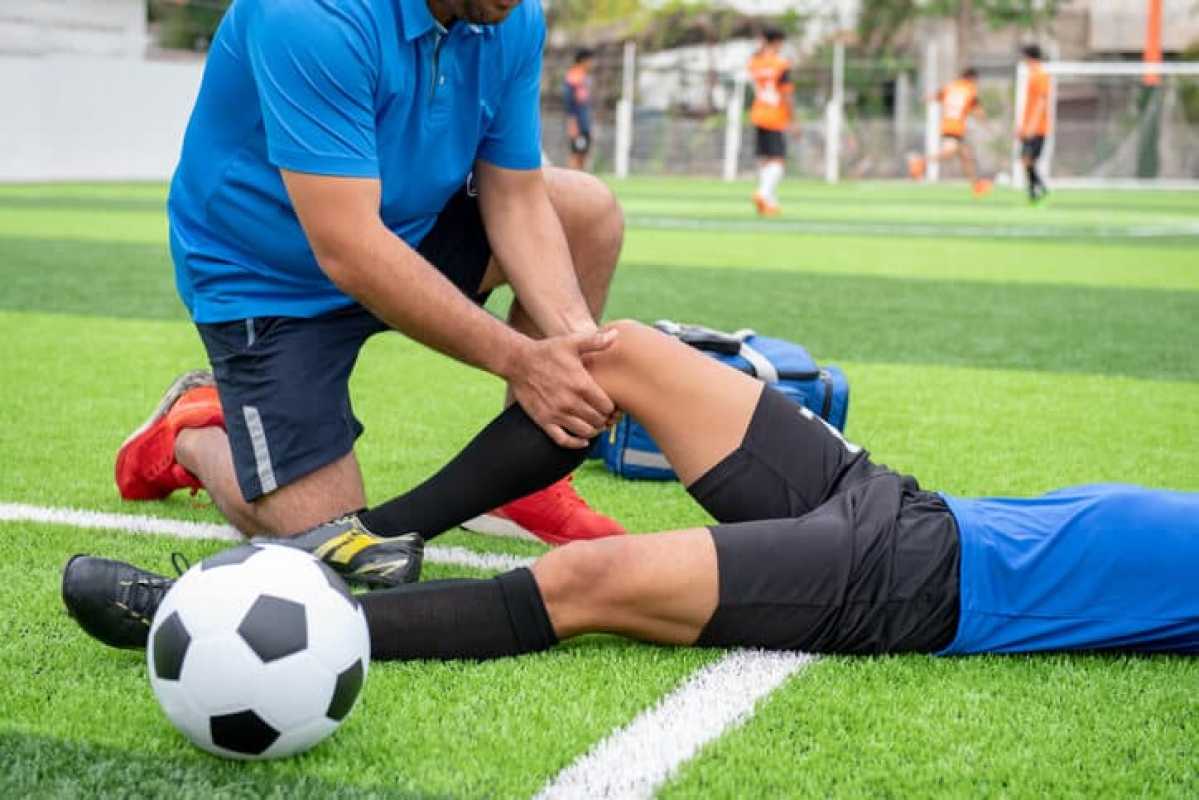Features
Injury Prevention Strategies For Athletes: A Comprehensive Guide

Athletes, whether amateur or professional, invest significant time and effort into their sport. As such, it is crucial to prioritize injury prevention to maintain optimal performance and avoid setbacks. From proper warm-up routines to strength training, this comprehensive guide will outline various strategies to help athletes reduce their risk of injury.
1. Warm up adequately
One of the fundamental injury prevention strategies is to warm up properly before any physical activity. A dynamic warm-up routine consisting of stretching, mobility exercises, and light aerobic activity increases blood flow, warms up the muscles, and improves joint mobility. Spend at least 10 minutes warming up to maximize the effectiveness of your workout and minimize the risk of injury.
2. Gradually increase intensity and duration
A common mistake among athletes is pushing too hard too soon. Avoid sudden increases in workout intensity or duration, as this can overstrain the body and lead to injuries. Instead, create a progressive training plan that gradually increases the intensity and duration of your workouts. This allows your body to adapt, minimizing the risk of overuse injuries.
3. Incorporate strength training
Strength training plays a vital role in injury prevention by improving overall muscular strength and stability. Include exercises that target both large muscle groups and stabilizing muscles. Focus on developing a balanced body strength to avoid muscle imbalances, which can increase the likelihood of injuries. Consider working with a qualified strength and conditioning coach to develop an individualized program tailored to your specific sport.
4. Follow proper technique
Proper technique is crucial in any sport as it minimizes the stress placed on the body and ensures optimal movement patterns. Take the time to learn and practice correct form for your specific sport. When executing movements, pay attention to body alignment, posture, and joint angles. If unsure, consider working with a coach or trainer who can provide guidance and correct any technique deficiencies.
5. Listen to your body
One of the most important injury prevention strategies is to listen to your body. If you experience pain, discomfort, or unusual fatigue, it is essential to take a step back and assess the situation. Pushing through pain can lead to more severe injuries and prolonged recovery periods. Rest when needed, seek medical advice if necessary, and prioritize recovery for optimal performance.
6. Incorporate cross-training
Engaging in diverse sports and activities can help reduce the risk of overuse injuries. Cross-training allows you to work different muscle groups and give your primary sport-specific muscles a break. For example, runners can benefit from incorporating swimming or cycling into their training routine, which engages different muscle groups and provides a low-impact alternative.
7. Pay attention to nutrition and hydration
Proper nutrition and hydration are essential for athletic performance and injury prevention. Maintain a well-balanced diet that includes sufficient protein, carbohydrates, and healthy fats to support muscle recovery and growth. Hydrate adequately before, during, and after exercise to prevent muscle cramps and dehydration. Consult with a sports nutritionist to develop a personalized nutrition plan based on your specific needs.
8. Get enough rest and recovery
Rest and recovery are just as important as training when it comes to injury prevention. Allow your body enough time to rest and recover between workouts, especially after intense training sessions or competitions. Incorporate rest days into your training plan and prioritize quality sleep to promote muscle repair and prevent fatigue-related injuries.
9. Use proper equipment and gear
Using appropriate equipment and gear specific to your sport can significantly reduce the risk of injury. Invest in well-fitting athletic shoes that provide proper support and cushioning for your activity. Wear protective gear such as helmets, goggles, or pads, depending on your sport. Regularly check and maintain your equipment to ensure it is in good condition and replace any worn-out items.
10. Seek professional guidance
When in doubt, seek professional guidance from trainers, coaches, or sports medicine professionals. They can provide valuable advice on injury prevention techniques, help correct technique deficiencies, and provide personalized training programs. Regular check-ups with a sports medicine specialist can also help identify potential issues before they turn into full-blown injuries.
By implementing these comprehensive injury prevention strategies, athletes can greatly reduce the risk of injuries and stay at the top of their game. Remember, prevention is always better than cure when it comes to athletic performance and long-term well-being.










